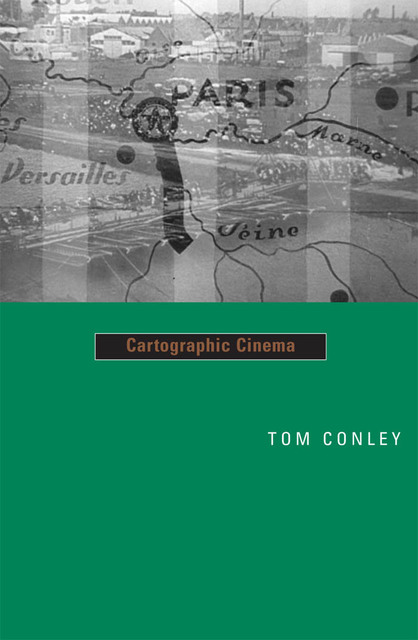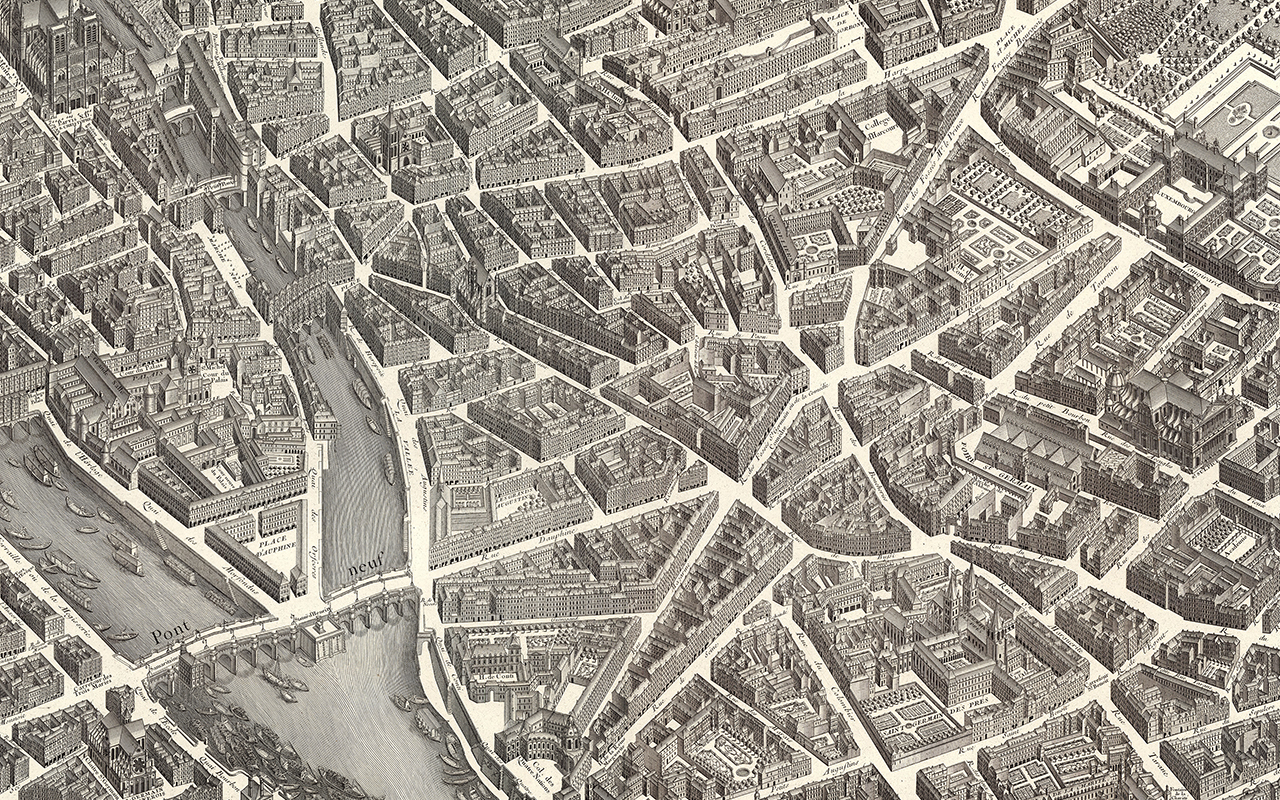Cartographic Cinema

Cartography and cinema are what might be called locational machinery. Maps and movies tell their viewers where they are situated, what they are doing, and, to a strong degree, who they are. In this groundbreaking work, eminent scholar Tom Conley establishes the ideological power of maps in classic, contemporary, and avant-garde cinema to shape the imaginary and mediated relations we hold with the world.
Cartographic Cinema examines the affinities of maps and movies through comparative theory and close analysis of films from the silent era to the French New Wave to Hollywood blockbusters. In doing so, Conley reveals that most of the movies we see contain maps of various kinds and almost invariably constitute a projective apparatus similar to cartography. In addition, he demonstrates that spatial signs in film foster a critical relation with the prevailing narrative and mimetic registers of cinema.
Conley convincingly argues that the very act of watching films, and cinema itself, is actually a form of cartography. Unlike its function in an atlas, a map in a movie often causes the spectator to entertain broader questions-not only about cinema but also of the nature of space and being.

Background image shows a detail of sheet 11 of the Turgot map of Paris.
Table of Contents
Metadata
- rightsSections of chapter 5 were originally published in “Les Mistons” and Undercurrents of French New Wave Cinema, The Norman and Jane Geske Lecture Series 8 (Lincoln, Neb.: Hixson-Lied College of Fine and Performing Arts, 2003); reprinted with permission from Hixson-Lied College of Fine and Performing Arts at the University of Nebraska–Lincoln. Material in chapter 9 was originally published in “A Web of Hate,” South Central Review 17, no. 3 (Fall 2000): 88–103; reprinted with permission.
Copyright 2007 by the Regents of the University of Minnesota
- isbn978-1-4529-7247-3
- publisherUniversity of Minnesota Press
- publisher placeMinneapolis, MN
- restrictionsAll rights reserved. No part of this publication may be reproduced, stored in a retrieval system, or transmitted, in any form or by any means, electronic, mechanical, photocopying, recording, or otherwise, without the prior written permission of the publisher.
- rights holderRegents of the University of Minnesota
We use cookies to analyze our traffic. Please decide if you are willing to accept cookies from our website. You can change this setting anytime in Privacy Settings.


